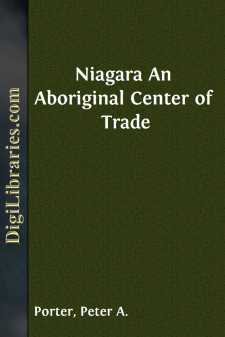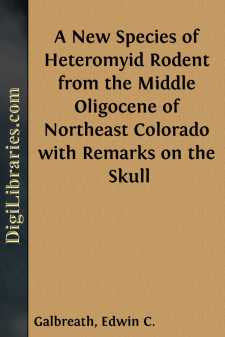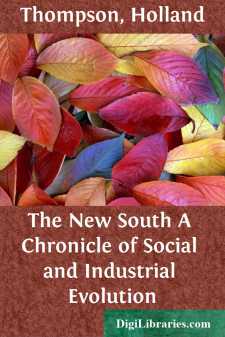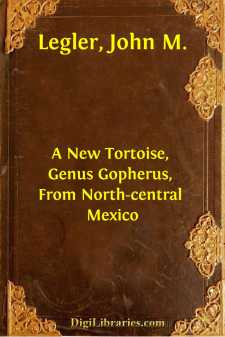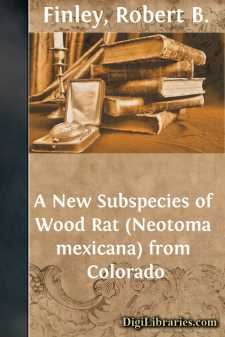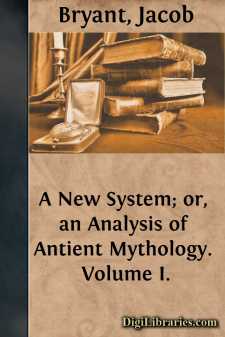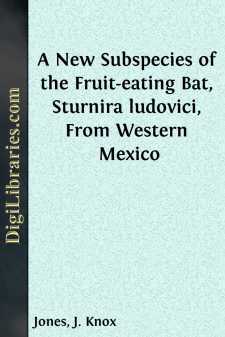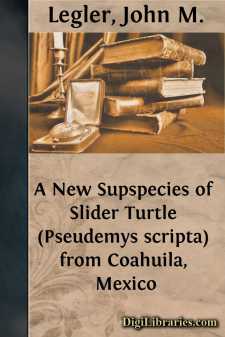Categories
- Antiques & Collectibles 13
- Architecture 36
- Art 48
- Bibles 22
- Biography & Autobiography 813
- Body, Mind & Spirit 142
- Business & Economics 28
- Children's Books 13
- Children's Fiction 10
- Computers 4
- Cooking 94
- Crafts & Hobbies 4
- Drama 346
- Education 46
- Family & Relationships 57
- Fiction 11828
- Games 19
- Gardening 17
- Health & Fitness 34
- History 1377
- House & Home 1
- Humor 147
- Juvenile Fiction 1873
- Juvenile Nonfiction 202
- Language Arts & Disciplines 88
- Law 16
- Literary Collections 686
- Literary Criticism 179
- Mathematics 13
- Medical 41
- Music 40
- Nature 179
- Non-Classifiable 1768
- Performing Arts 7
- Periodicals 1453
- Philosophy 64
- Photography 2
- Poetry 896
- Political Science 203
- Psychology 42
- Reference 154
- Religion 513
- Science 126
- Self-Help 84
- Social Science 81
- Sports & Recreation 34
- Study Aids 3
- Technology & Engineering 59
- Transportation 23
- Travel 463
- True Crime 29
Sort by:
by:
Roy Wood Sellars
CHAPTER I More than people are consciously aware, a new view of the universe and of man's place in it is forming. It is forming in the laboratories of scientists, the studies of thinkers, the congresses of social workers, the assemblies of reformers, the studios of artists and, even more quietly, in the circles of many homes. This new view is growing beneath the old as a bud grows beneath its...
more...
CHAPTER I. "Per ambages et ministeria deorum."—PETRONTUS. [Through the mysteries and ministerings of the gods.] Mr. Roger Morton was behind his counter one drizzling, melancholy day. Mr. Roger Morton, alderman, and twice mayor of his native town, was a thriving man. He had grown portly and corpulent. The nightly potations of brandy and water, continued year after year with mechanical...
more...
by:
Peter A. Porter
The printed story of Niagara dates back only three centuries; and during the first three decades of even that period the references to this wonderful handiwork of Nature—which was located in a then unexplored region of a New World, a Continent then inhabited only by warring tribes of superstitious Savages—are few and far between. Three facts relating to this locality—and three only—seem to be...
more...
Heretofore our knowledge of the osteology of Heliscomys Cope has been extremely limited; this genus previously was known by its teeth, fragmental maxillaries, incomplete palatine bone and mandible, and part of one forelimb. In the summer of 1946 the writer, as a member of the University of Kansas Museum of Natural History field party, discovered the anterior part of a skull of Heliscomys in the middle...
more...
by:
Holland Thompson
CHAPTER I THE BACKGROUND The South of today is not the South of 1860 or even of 1865. There is a New South, though not perhaps in the sense usually understood, for no expression has been more often misused in superficial discussion. Men have written as if the phrase indicated a new land and a new civilization, utterly unlike anything that had existed before and involving a sharp break with the history...
more...
by:
John M. Legler
Gopherus flavomarginatus new species Holotype.—U.S. National Museum 61253, adult; stuffed specimen with disassociated skull; 30 to 40 miles from Lerdo, Durango, Mexico; obtained by Dr. Elswood Chaffee, 1918. Paratypes.—USNM 61254, adult, stuffed specimen with skull in place, other data the same as those for holotype; USNM 60976, adult, stuffed specimen with disassociated skull, Lerdo, Durango, Dr....
more...
by:
Robert B. Finley
Field and museum studies of the wood rats of Colorado have revealed the existence of an unnamed subspecies of Neotoma mexicana in eastern Colorado south of the Arkansas River. The characters of the new subspecies are most distinctive in the northeastern part of its range near Two Buttes and Higbee. It differs in cranial characters from N. m. fallax and N. m. inopinata and averages slightly larger, but...
more...
by:
Jacob Bryant
The earliest authentic account we can obtain of the birth of this learned and celebrated writer, is from the Register Book of Eton College, in which he is entered "of Chatham, in the county of Kent, of the age of twelve years, in 1730,"—consequently, born in 1718. Whence a difference has arisen between the dates in this entry, and the inscription on his monument, hereafter given, we are...
more...
by:
J. Knox Jones
The fruit-eating bats of the genus Sturnira are represented on the North American mainland by two species, S. lilium and S. ludovici. The former, in most areas the smaller of the two, is widely distributed in México and Central America and is common in many places. On the other hand, S. ludovici, described by Anthony (1924:8) from near Gualea, Ecuador, generally has been regarded as rare; insofar as...
more...
by:
John M. Legler
In September, 1958, the author and two colleagues collected a large series of Pseudemys in small ponds and in a river in the basin of Cuatro Ciénegas, Coahuila. The specimens prove to represent a previously unrecognized subspecies of Pseudemys scripta. The subspecies is named in honor of Edward Harrison Taylor who has contributed more than any other person to our present knowledge of the herpetofauna...
more...




